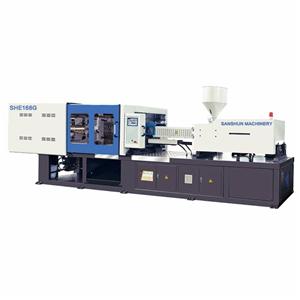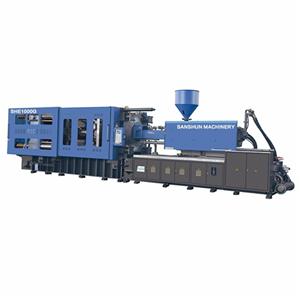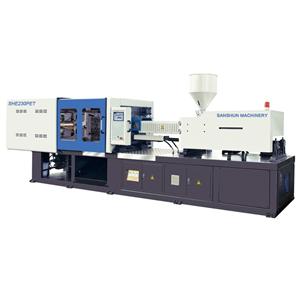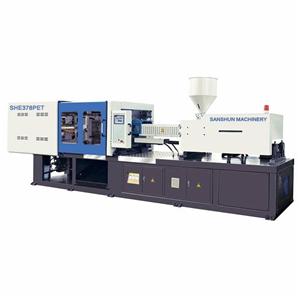- Home
- >
- News & Resources
- >
- Our Blog
- >
- The Key points to follow for a perfect ABS plastic product production.
Product mold design
The wall thickness of the product is required to be uniform. The difference in wall thickness of ABS products should be controlled within 25% to prevent local stress concentration caused by excessive wall thickness differences. The weaker pillars need to increase the R angle or additional ribs to prevent the pillars from breaking. For buckle design, the root of the buckle needs to be chamfered by R. The size of the R angle depends on the wall thickness of the product. The ratio of the R angle and the wall thickness should be above 0.3. With this ratio increases, the internal stress will gradually decrease, but also Consider shrinkage of the product surface. The design of the mold cooling water channel should ensure the uniformity of cooling, and avoid the internal stress caused by uneven cooling and uneven shrinkage.
Material drying
Generally, heat-resistant ABS resin absorbs moisture in the air during storage and transportation. The water absorption rate varies with air humidity, generally between 0.2 and 0.4%. Therefore, the material must be fully dried to reduce the moisture content of the material to Below 0.05%, preferably below 0.02%, otherwise surface defects such as water splashes and silver silk may occur. The heat-resistant ABS resin has a higher drying temperature than ordinary ABS, usually 80-95 ° C, and a drying time of 3-4 hours.
Molding temperature
The molding temperature is a parameter that requires special attention when processing heat-resistant ABS. Its setting is based on ensuring that the heat-resistant ABS is fully plasticized. The temperature range above the middle value of the molding temperature recommended by the supplier should be used as much as possible. Increasing will obviously reduce the viscosity of heat-resistant ABS, increase the fluidity of the resin, and make the flow distance longer to ensure that the material has sufficient filling capacity. For example, Kumho Riley's heat-resistant ABS HU600 recommends a molding temperature of 240-260 ° C. In principle, when using the recommended upper limit of the molding temperature, the retention time of the melt should be as short as possible to avoid high-temperature degradation of the material.
Holding pressure and time
For heat-resistant ABS, whether the holding pressure and time are set properly will directly affect the internal stress of the part. Increasing the holding pressure will make the molecular gap smaller, the range of the chain segment reduced, the melt volume reduced, the density increased, and the force between the molecules increased, which can improve the shrinkage and internal quality of the product, but it will cause internal The stress becomes larger, so the lower holding pressure should be selected as far as possible under the premise of ensuring the appearance quality of the product.
The dwell time is set according to the time until the gate solidifies as cooling completes, and the screw advances again to no longer apply pressure to the molded product. If the holding time is too long, it is easy to overfill the material, the molecular gap becomes smaller, and the internal stress becomes larger; if the holding time is too short, the product is prone to shrink and the size is unstable. The dwell time setting should be based on the shortest time when the weight of the product no longer changes as the optimal dwell time.
Mold temperature
The author recommends using a mold temperature machine to control the mold temperature when molding heat-resistant ABS. The recommended mold temperature is 60-80 ° C. Higher mold temperatures tend to produce good flow, higher weld line strength, and less internal product stress, but the molding cycle will be extended appropriately. If the mold temperature is lower than the recommended temperature, the internal stress of the product will be too high, which will reduce the performance of the product, and may cause defects such as product brittleness, screw hole cracking, or paint cracking.
In the end, the various molding process elements should be comprehensively considered and coordinated with each other.







